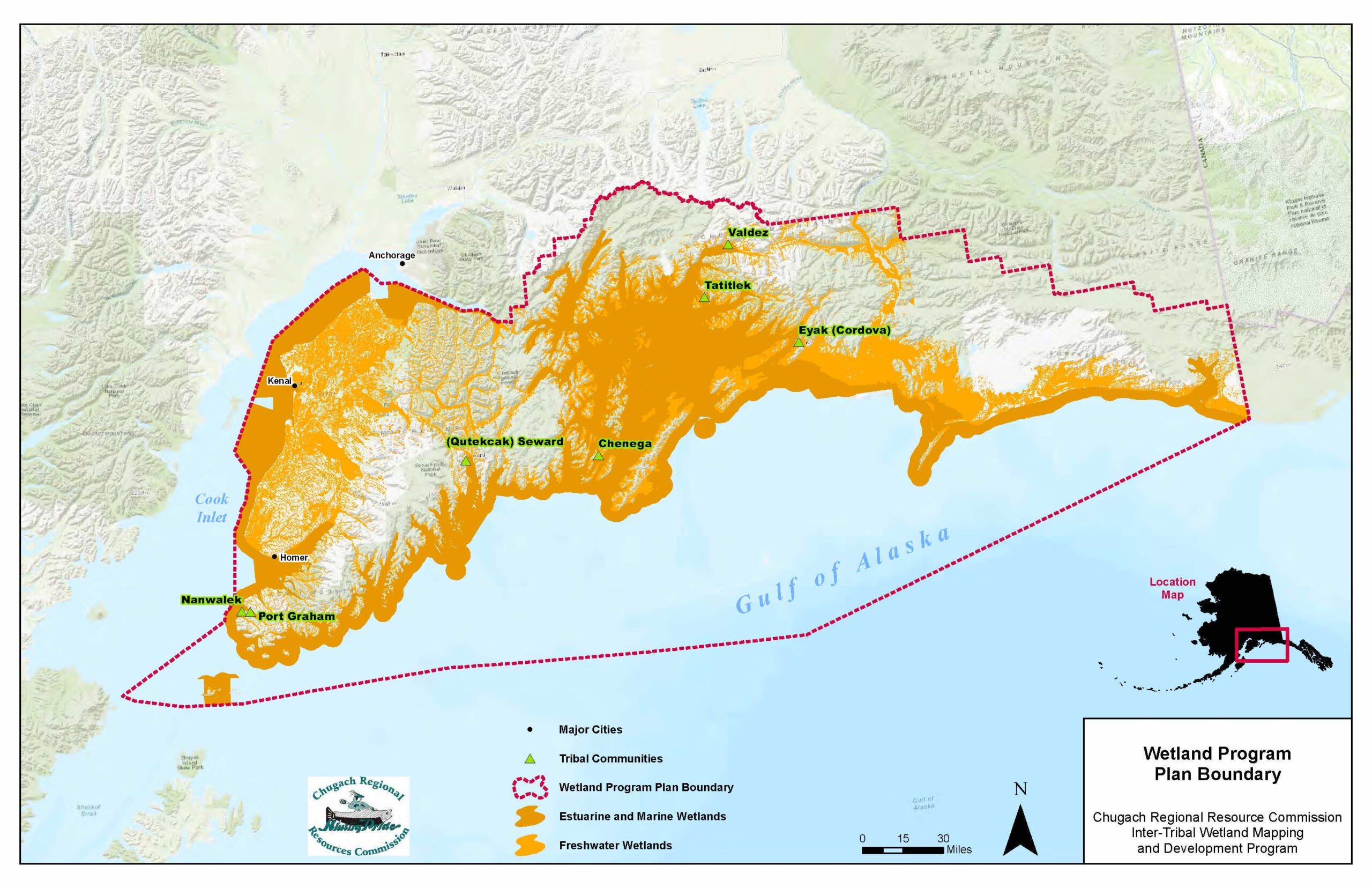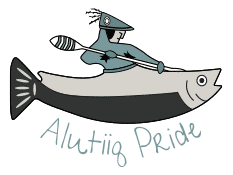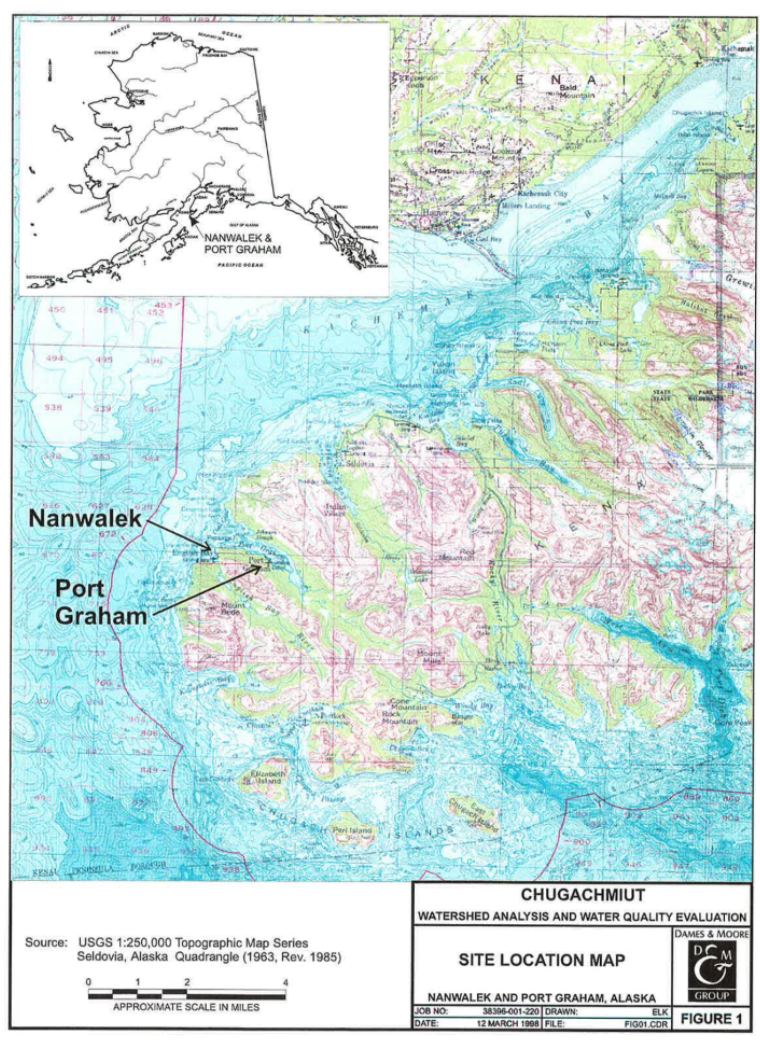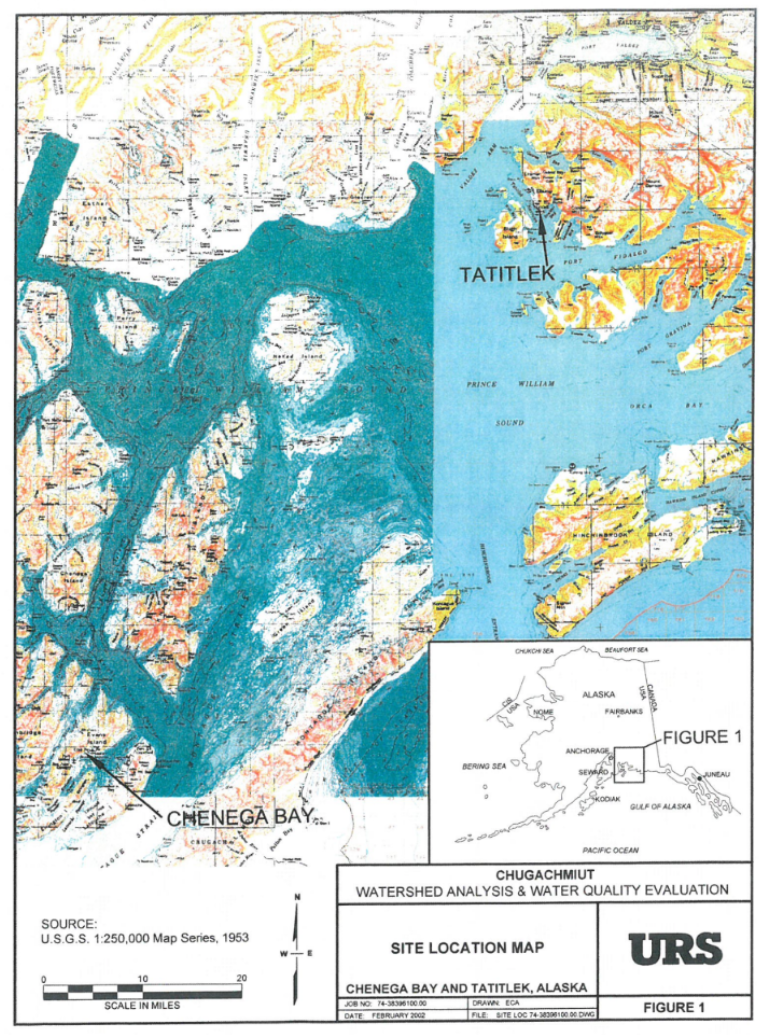WETLANDS
Lands & Habitat

History & Overview
The CRRC Wetlands Program Plan (WPP) reflects the local environmental history of the region and aims to assess wetland environmental needs as identified through the guidance provided by Tribal community members. The plan is a starting point for long-term wetland inventory, monitoring, and management across the Chugach Region to provide our tribal members the ability to access the use of the wealth of natural resources dependent on healthy wetlands, including fish and shellfish, berries, timber, waterfowl, and terrestrial mammals.
The Chugach Region is home to crucially important and productive watersheds that have a unique history of disruption. On March 27, 1964, a magnitude 9.2 earthquake, known as the Good Friday Earthquake, struck Alaska. The epicenter struck a location about fifteen miles below Prince William Sound, halfway between Anchorage and Valdez. This earthquake stands as the second-most powerful earthquake ever recorded in human history. Aside from the catastrophic loss of human life, the earthquake caused environmental shifts in the region. In some places, the ground rose over thirty feet and in some places, it sank. This caused a change in the distribution of saltwater on the shoreline, riverine corridor shifts, and subsequent changes to vegetation distribution.
On March 24, 1989, 11 million gallons of crude oil spilled from the oil tanker Exxon Valdez, owned by the Exxon Shipping Company. This oil spill reached thirteen hundred miles (about half the width of the United States) of coastline, killing countless seabirds, marine mammals, fish, and invertebrates.
An estimated 40 to 45 percent of the 11 million gallons of crude oil is thought to have washed onto the intertidal systems of Prince William Sound, significantly impacting flora and fauna. Today, pockets of oil remain in some locations, and species devastated by the spill struggle to rebound. Much of CRRC’s work is influenced by the Exxon Valdez oil spill, even decades later.
Wetlands are crucially important to Alaska’s economy, environment, and culture. Wetlands provide the foundation for many subsistence-based economies, with hunting, gathering, fishing, and trapping activities focused on the resources in Alaska’s healthy wetlands. The State of Alaska includes approximately 63 percent of the nation’s wetland ecosystems. These wetlands are important habitats for fish, migratory birds, terrestrial mammals, and more. Some medicines are derived from wetland soils and plants. Alaska’s commercial fishing and shellfishery industries harvest wetland-dependent species. And many of Alaska’s marine and estuarine fish and shellfish, birds, and mammals that are important to our Tribal Members’ subsistence practices and food security must have coastal wetlands to survive. Our subsistence fish breed and raise their young in coastal marshes and estuaries. Our wetlands are an internationally renowned habitat for the state’s production of salmon. Alaska is the world’s largest distributor of sockeye salmon, making the health of its wetlands of crucial economic importance to the world and the continuation of the Chugach people.
Timeline
Timeline
1999
1999 & 2022
2001
2002
2006
2019
2021
2023
Our Goals
The Chugach Regional Resources Commission will implement the WPP from 2022–2025 to inventory, survey, assess, and plan for the conservation, enhancement, and restoration of wetland resources on traditional lands and partner lands across Southcentral Alaska.
Our Objectives
Develop formal regional partnerships with state and federal agencies, local governments, Non-Governmental Organizations (NGOs), private landowners, and other entities in the Chugach region.
Collaborate with regional and village corporations, federal agencies, state agencies, NGOs, and private landowners within the Chugach region in the conservation, protection, enhancement, restoration, and management of wetland habitats and resources located across Southcentral Alaska.




